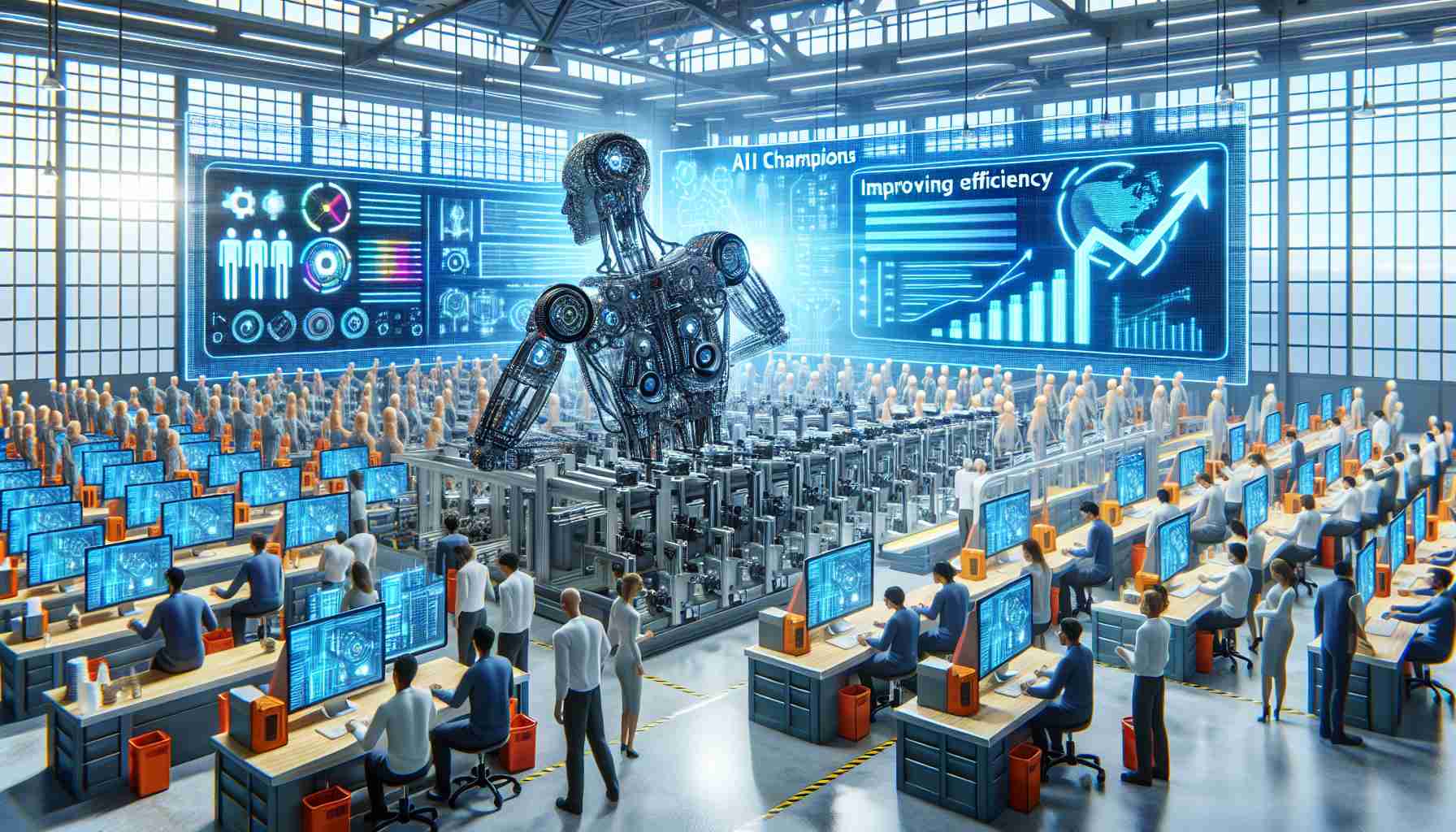The surge in demand for gyoza dumplings during the pandemic put Eat&Holdings to the test. The company found itself unable to keep up with the increased appetite for its products due to a labor shortage. As reported by the BBC, the manufacturer turned to technology for a solution.
In January 2023, Eat&Holdings inaugurated a cutting-edge factory equipped with AI-powered cameras. These cameras are designed to spot defective dumplings on the production lines. The company spokesperson, Keiko Handa, indicated that by integrating artificial intelligence, the workforce on the production line was reduced by nearly 30 percent.
Despite these advances, there is concern about the potential impacts on future employment. In Japan, where the average age of a farmer is over 68 years old, there’s a pressing concern about the shrinking workforce. With a population decline for 13 consecutive years and projections of a 12 percent reduction in the labor force between 2022 and 2040, Japan anticipates a shortfall of 11 million workers by then, according to estimates.
Moreover, Japan has the world’s oldest population, with one-third aged 65 and above, further compounded by low birth rates. In 2021, the country recorded the fewest births since the 19th century, prompting Prime Minister Fumio Kishida to express concerns about the nation’s ability to function.
AI is also being employed in Japanese agriculture, not to replace human expertise but to support it. While the AI’s accuracy is around 70 to 80 percent, not as high as experts’, it surpasses the average farmer’s capabilities, notes Kentarou Taniguchi of Nihon Nohyaku. Farmer Kensuke Takahashi agrees, recognizing AI as an instrument that modernizes agriculture.
In Yokosuka, Kanagawa Prefecture, AI like the ChatGPT chatbot assists with administrative tasks, saving the city an estimated 22,700 hours of work annually. The national digital agency reflects this trend, investigating AI to relieve burdened sectors.
While the rise of AI is seen by many as a threat to human jobs, Kusunoki of the national government’s digital agency maintains that the technology is not a substitution for workers but a tool to enhance productivity.
Important Questions and Answers:
1. How is AI being used to alleviate the worker shortage in Japan?
AI is being used in various industries in Japan to improve production efficiency and address worker shortages. For instance, in food manufacturing, AI-powered cameras are employed to identify defective products, reducing the need for manual inspection. In agriculture, AI helps enhance decision-making and increase crop yields, providing support where there may be a lack of human expertise.
2. What are the key challenges associated with integrating AI into the workforce?
The key challenges include ensuring AI systems are reliable and accurate, training employees to work alongside AI, addressing potential job displacement concerns, and managing the initial costs and investments associated with implementing AI technology.
3. What are some controversies related to the use of AI in the context of employment?
A major controversy is the potential for AI to displace human workers, leading to job loss and increased unemployment. There’s also the fear that AI could exacerbate existing inequalities if its benefits are not evenly distributed among the population.
Advantages and Disadvantages:
Advantages:
– Increased Efficiency: AI can process and analyze data faster than humans, leading to more efficient production processes.
– Consistency in Quality: AI can maintain consistent levels of quality control that might be difficult for human workers to achieve.
– Reduces Strain on Workers: AI can take over repetitive or dangerous tasks, reducing the physical and cognitive strain on employees.
– Compensates for Labor Shortage: AI technology can fill gaps in industries that are experiencing a shortage of human labor.
Disadvantages:
– Job Displacement: AI technology can potentially lead to the elimination of jobs, especially in industries that can be highly automated.
– High Initial Costs: Implementing AI solutions requires a significant initial investment, which might be a barrier for some companies.
– Dependence on Technology: Overreliance on AI could make companies vulnerable to system failures or cyber-attacks.
– Accuracy and Reliability: As noted, AI’s accuracy in tasks such as farming can be lower than that of human experts, leading to concerns about its overall reliability.
For further information on artificial intelligence, you can visit reputable sources such as the main domains of IEEE for technical insights, or OECD for policy-related aspects of AI and labor. Please note that the information above and the URLs provided are based on knowledge up to the year 2023, and the landscape may have changed post that year.
The source of the article is from the blog aovotice.cz

